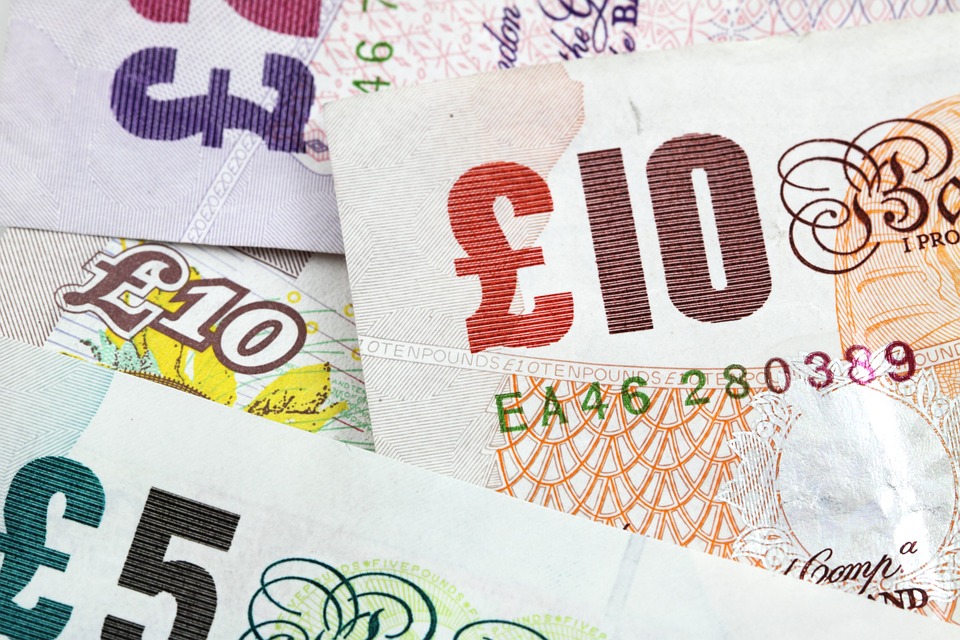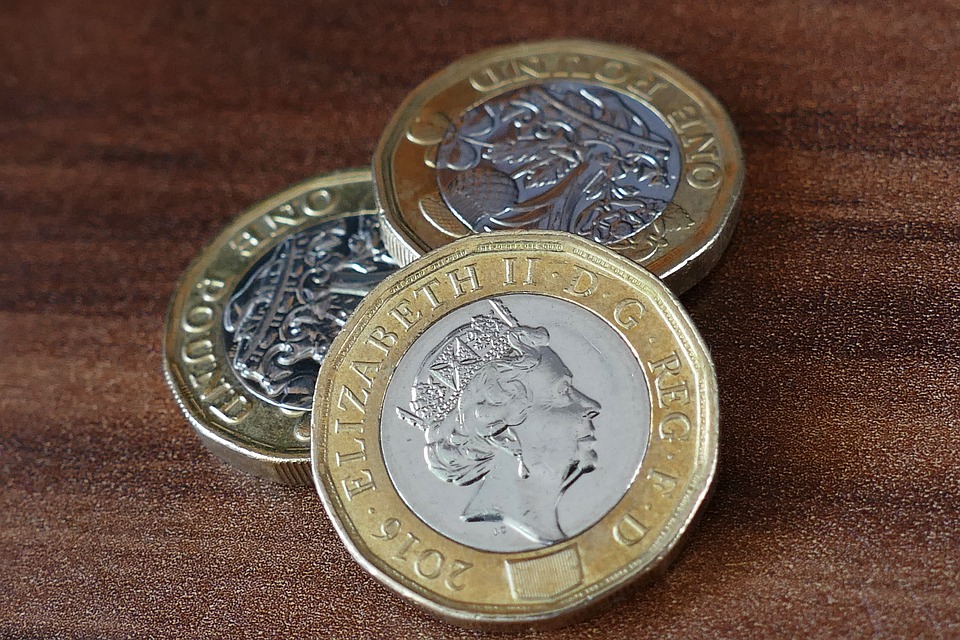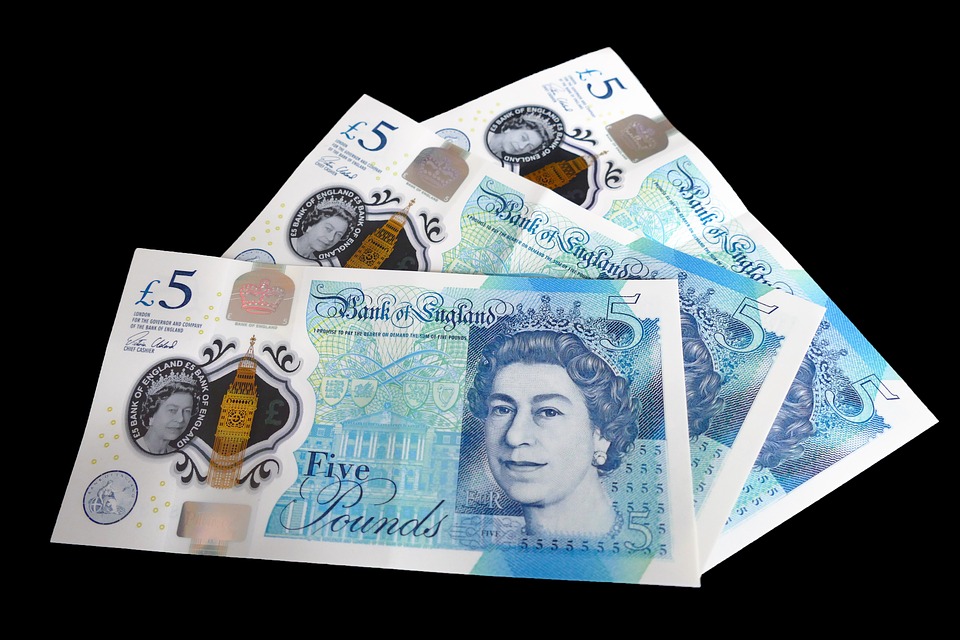“Is GBP losing its shine?” queries Jordan Rochester, Global FX Strategist for Nomura in a new research note on the UK currency that comes as we move into the new month.
“We argue yes,” is his the answer.
Rochester joins other economists in noting the UK economy’s growth rebound to have slowed over recent months and says this dents the bullish stance his team have held on Pound Sterling during much of 2021, particularly against the Euro.
“There are problems popping up ahead in the UK’s macro outlook,” he says.
The list of concerns on the outlook cited by the Nomura analyst includes slowing credit card spending, sideways mobility data, falling data surprises and rising COVID-19 cases amongst the elderly.
The call comes in the same week that IHS Markit’s PMI report for August showed a sharp slowdown in private sector activity in the UK, amidst persistently strong costs facing businesses and staff supply shortages.
The list of headwinds is therefore a long one.
“Data surprises for the UK are falling in a big way and it matters,” says Rochester.
The British Pound rose sharply in the first three months of the year as the hard-hit UK economy exited its winter lockdown.
But the Pound’s gains have since stalled with the Pound-to-Euro exchange rate trending sideways in a loose range below 1.18 but above 1.16. Against the Dollar the recent trend has been lower, with the Pound-to-Dollar exchange rate peaking at 1.42 in June and falling back towards the 1.36 support region.
Nomura are now ‘short’ the Pound against the Dollar in anticipation of a weaker Pound.
But there are however some recent signs that UK consumer sentiment has improved of late, which could yet keep the Pound supported.
Consumer activity has picked up again during August as the UK’s Covid rates pulled back from June highs and settled into an unremarkable trend.
Of note this week was the CBI Distributive Trades survey which showed the retail sector was experiencing a decent rebound in activity in August following a slump in July.
The CBI reported a large jump in the reported sales balance to a six-and-a-half year which will undo a portion of July’s 2.5% month-to-month decline in the official ONS retail sales data.
“With the recent distributive trades survey data suggesting the UK recovery narrative, driven by the consumer, remains in play we remain biased towards looking for EUR/GBP to trade lower,” says Jeremy Stretch, Head of FX Strategy at CIBC Capital Markets.
Pound Sterling Live reported last week that the British Pound could retain support amidst expectations that the recent slowdown in UK economic growth will give way to a stronger late Summer expansion.
A new near-term survey of UK business activity out last week showed that 60% of businesses in the leisure and hospitality sector were projecting a surge in revenue over the August Bank Holiday weekend, with 13% preparing for the busiest Bank Holiday in a decade.
To find out more about how we can assist you with your Second Charge Mortgage please click here
According to the Barclaycard Payments SME Barometer, confidence among small and medium sized businesses is returning to pre-pandemic levels, with 40% planning to hire additional staff over the next 12 months.
Confidence returned amidst unremarkable Covid-19 case trends and the ending of the restrictive test and trace policy in the middle of August.
How this confidence can sustain itself heading into the Autumn will matter greatly for the Pound’s outlook.
Above: If the UK’s data can start surprising positively, the GBP could be better supported. Image courtesy of Nomura.
Inflation is expected to pick up sharply and approach the Bank of England’s projected 4.0% level which will prove a headwind for consumers, while Covid cases are likely to spike once England’s schools return, as they did in Scotland.
For now expectations are that the bar is set high for the reimposition of Covid restrictions, but the pandemic has had a tendency of throwing up ugly surprises.
“The UK’s COVID-19 situation is not as good as it could be,” says Rochester. “Vaccines have made a big difference, the UK’s restrictions are much more relaxed than they were, but case data are still rising and, most importantly, rising among highly vaccinated, older age groups”.
“We are approaching Autumn with schools set to return (expect a spike in cases from next week), and there are eight times more hospitalisations now compared to a year ago. Vaccine passports, new restrictions and overall lower mobility might be the path ahead. Hopefully that is not the case, but it remains a risk for some time to come,” says Rochester.
When it comes to exchange rates it is critical to remember that relativity is key: the UK economy might be slowing, but there are also signs the same factors impacting the economy are also impacting other countries and regions.
One only needs to look at the rapid economic slowdown in the Asian and Pacific region as countries feel the strain of the Delta variant.
The U.S. is also witnessing a rapid slowdown in activity with the previous week’s PMI survey for August showing private sector expansion slowed sharply in August amidst capacity constraints and Delta variant spread.
Ultimately for exchange rates, how the relative developments impact central bank policy matters.
If the Bank of England sticks with its path towards a 2022 interest rate rise the Pound could remain supported, particularly against the Euro which is burdened by the European Central Bank which is in no mood to even contemplate a rate rise.
The Bank of England will likely raise rates ahead of the ECB courtesy of the UK’s hot inflation levels which they anticipate will reach 4.0% by the time 2021 is done.
How that inflation behaves over the duration of 2022 will be key for the Pound’s longer-term outlook in that expectations for a number of rate rises at the Bank will surely increase if inflation remains stubbornly high.
Higher interest rate expectations reflect in higher yields paid on UK bonds, which tends to translate into support for the Pound.
“We expect UK CPI to double from around 2% towards 4%. Such an increase would be hard for the BOE to ignore and is the main risk to holding short GBP exposure right now. Growth may be slowing, but inflation could cause more hawkish comments from the BOE into year-end,” says Rochester.
While Nomura are looking for Sterling weakness against the Dollar via their short GBP/USD recommendation, they are still fancying the Pound to retain support against the Euro.
Short EUR/GBP (a trade that looks for the Pound to rise against the Euro) still makes sense to Rochester given UK bond yields are likely to remain above Eurozone yields as a result of central bank policy divergence.
“This might be all that matters,” says Rochester.
“However, the problem is that it is a very slow moving trade that has been rangebound for quite some time now. EUR/GBP’s medium- to long-term path is clearly lower, in our view,” he adds.
Written by Gary Howes
Source: Pound Sterling Live
Discover our Second Charge Mortgage Broker services.







